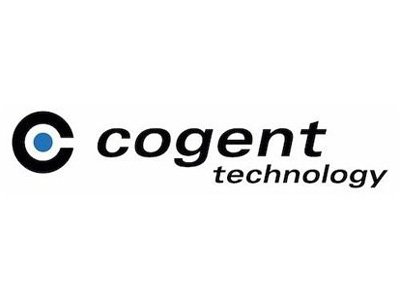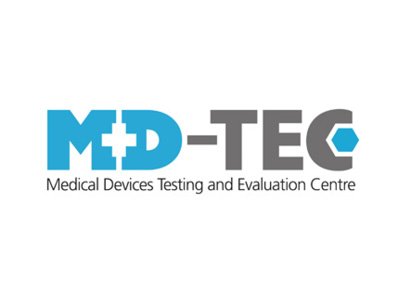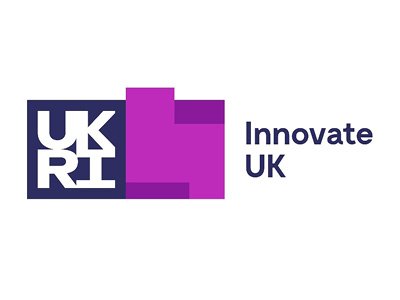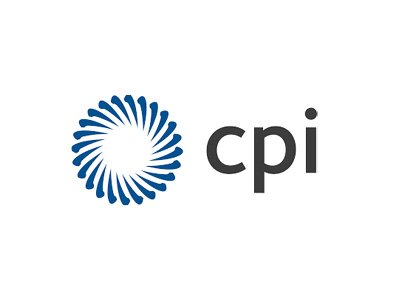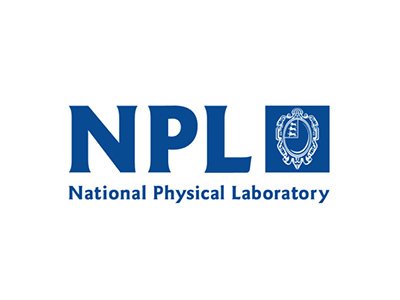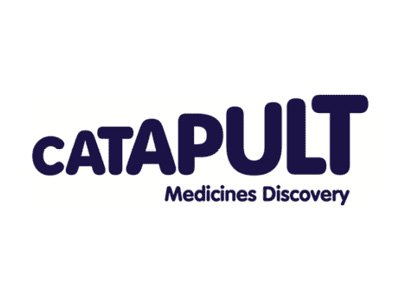
How it works

Summaries
Read more on how our technology can impact your research area
Our technology
SMi has developed a platform that consists of an instrument, consumables and software. These are integrated into a single system to provide an automated workflow.
Consumables are provided in standard 96 and 384 well formats and allow multiple molecular types to be detected and quantified in each of the individual wells.
Instruments provide a super-resolution detection of samples across an extremely large field of view. This allows the behaviour of hundreds of thousands of molecules to be simultaneous analysis.
Dedicated software automates the process so that users can focus on the data outputs rather than the means of achieving them.
The challenges & the opportunity
The use of microscopy to observe biological processes has undergone huge advances in the last decade, an achievement recognised with Nobel Prizes for Chemistry in 2014 and 2017. A paralleled increase in commercial investment has coincided with huge technological advances that improve the speed and quality of super-resolution measurements.
We have harnessed these technologies to overcome major challenges in a number of clinical and scientific areas:
Single molecule imaging can be widely used for a broad range of experimental approaches. Enabling scientists to directly observe individual molecules provides irrefutable evidence of that molecule’s existence and allows highly accurate quantification. Such high-resolution measurements would be ground-breaking for biomedical research.
Membrane proteins have huge potential as drug targets, but are challenging to work with as they are often unstable when examined using traditional biochemical techniques. A technology that aids the development of novel therapeutics targeting membrane proteins would be seen as a turning point for the pharmaceutical sector.
As the COVID-19 pandemic demonstrated, diagnostic technologies have come a long way in helping to combat the spread of infectious diseases, but are still deficient in a number of areas including high false negative rates and the slow turnaround of test results. A method that is faster and more accurate could transform routine diagnosis for cancer, infectious disease, and inheritable disorders.
Please get in touch if you want to know more















